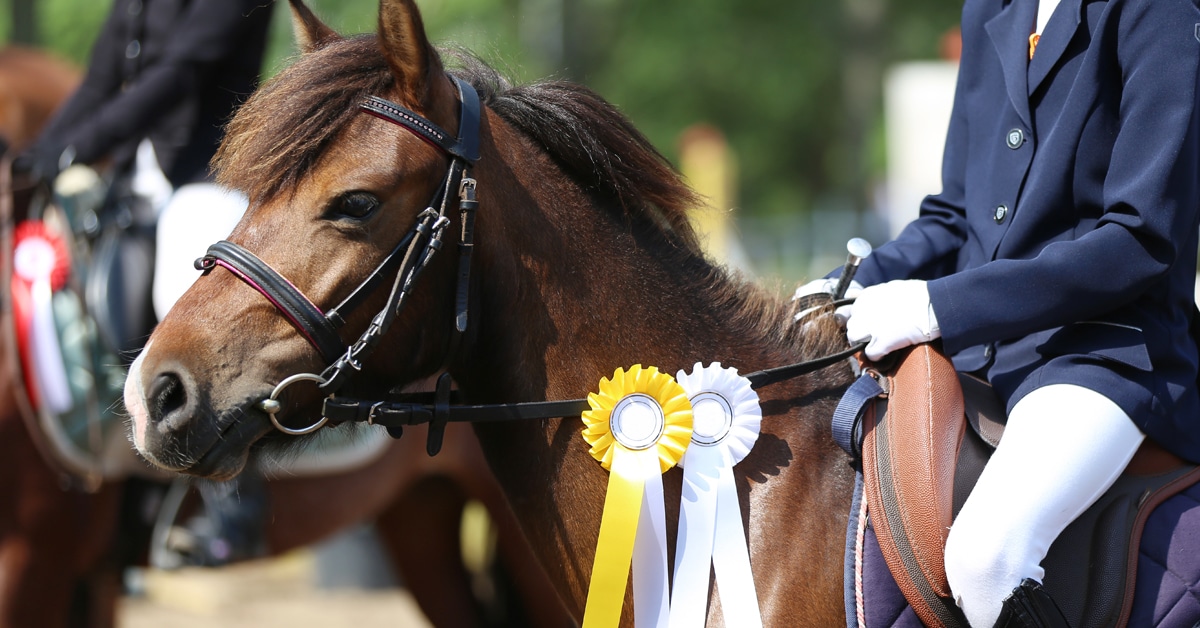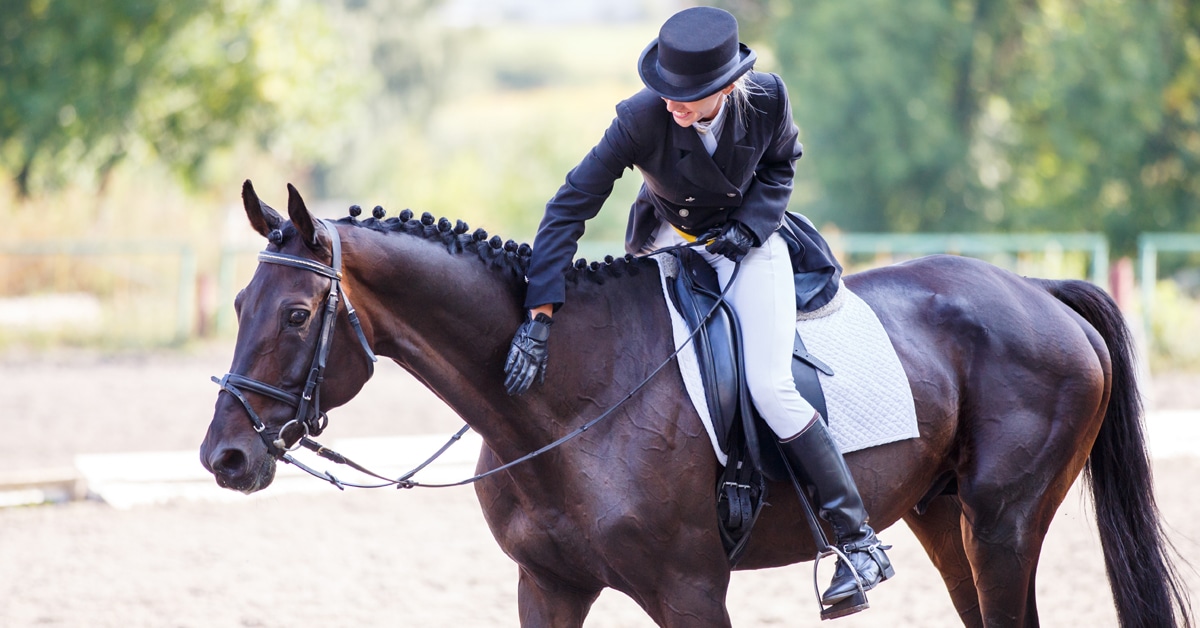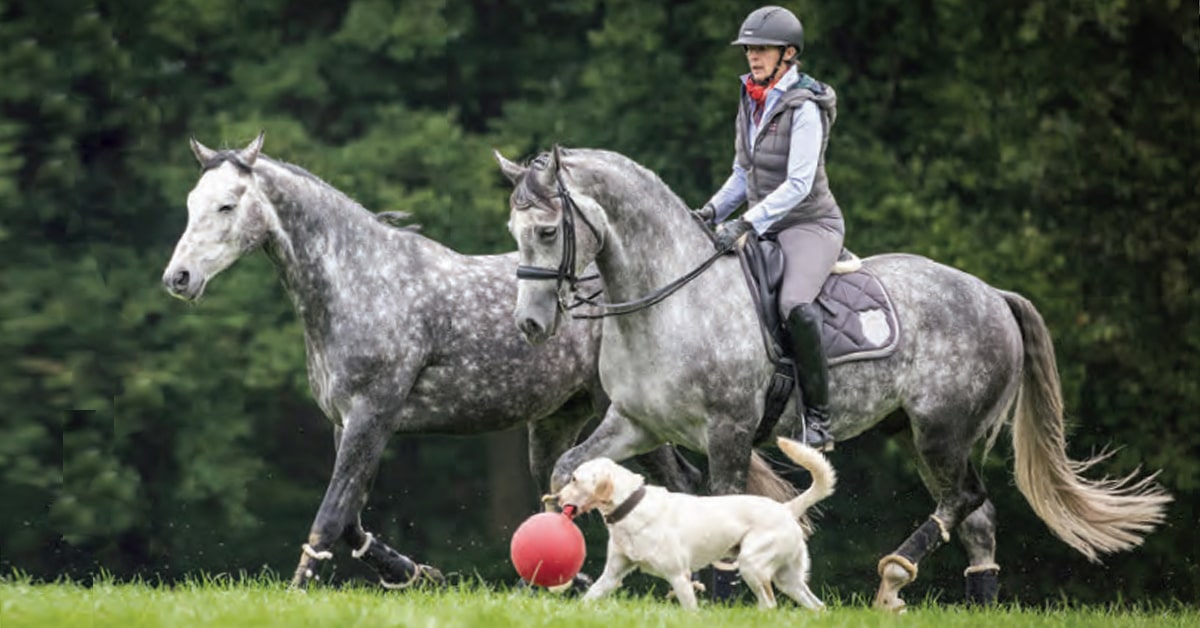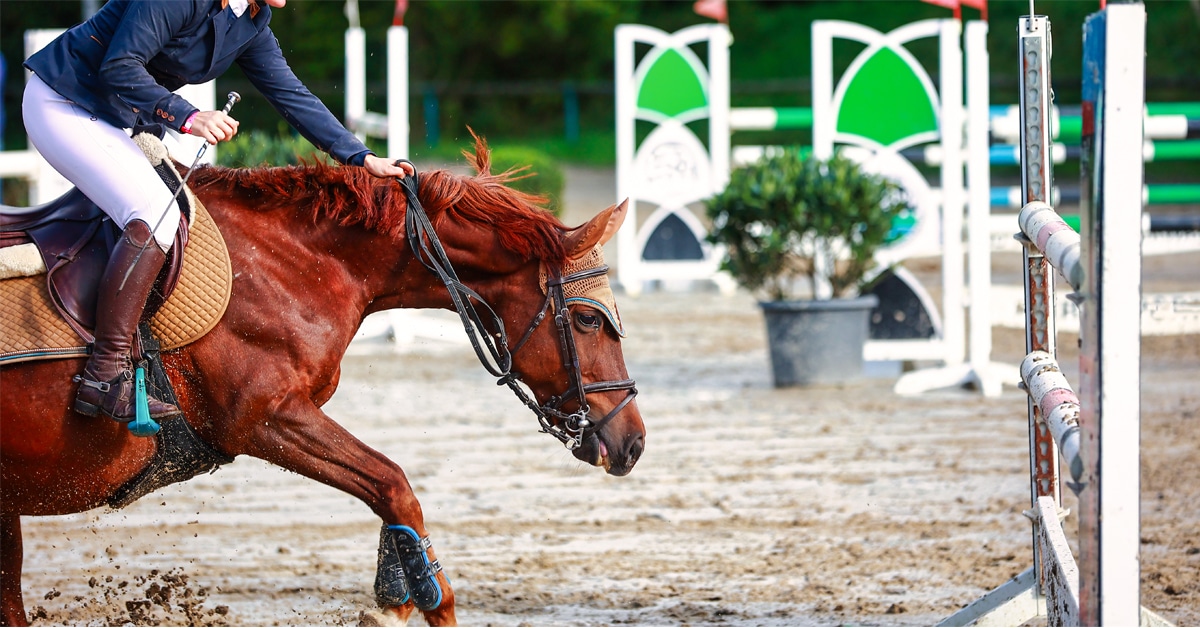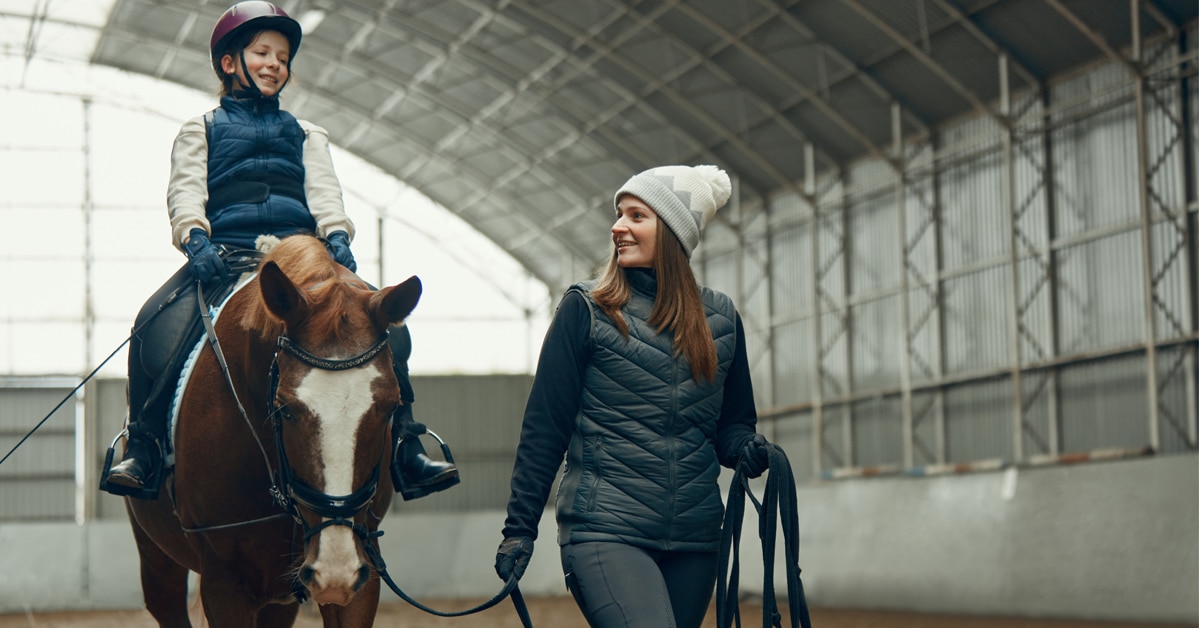Take the time to walk the stadium jumping course and understand what questions the course designer is asking, and how to answer them. Some eventers will walk a cross-country course three times and plan their ride in great detail, but walk the stadium course quickly.
Plan your speed and how to get straight to the jumps; how you are going to use the corners and which ones you’ll go wide at; how you will ride a diagonal line. Look at the terrain and surroundings. If you’re jumping on grass early in the morning, make sure you use large enough studs – the grass is shorter than on cross-country and can be slick. If the jumps are big, bright and more intimidating, they are going to ride much larger than they are.
In the warm-up, most riders just jump whatever is there at whatever height and don’t have a plan. There needs to be a better relationship to what you’ll jump in the ring. Maybe you don’t need to jump four Xs; maybe just one X and then go to a vertical. Maybe your horse needs to school a taller vertical to be careful. If the first jump on course is an oxer, finish your warm-up with an oxer. If your horse struggles with the back rail of an oxer, jump a ramped oxer to get him to stretch across. If he’s strong into a fence, make it a square oxer so he respects the front rail.
I try to stay straightforward when I’m designing an eventing stadium jumping course and I think most designers do, too. There are no distance tricks – the lines and combinations ride as a true 12-foot stride … so know what a 12-foot stride feels like. It’s bigger than a dressage canter and shorter than a cross-country gallop. Enter the ring with impulsion, which is the intent to go forward. If someone has a problem at the first fence early in the round, it often runs rampant through the whole division. Don’t get psyched out and be convinced you’ll have a problem, too.
Course designers generally want to build the first jump with a nice groundline, and might build a flower box to provide that groundline. While hunters jump flower boxes all the time, event horses may spook at them. Go to the dollar store, buy a bunch of artificial flowers and drill holes in a PVC pipe or a piece of 6×6 board and stick the flowers in, then jump them. Get some barrels or blue boxes and get your horse jumping those, too.
I find event riders will practice the cross-country elements they had trouble with, but won’t practice their stadium problems. Did you mess up the six-stride line? Did you have a hard time turning left? Did your horse jump to one side over the liverpool? Did you get nervous about the combinations? Ask yourself what the problems were, then train at home for those issues.
The Latest


